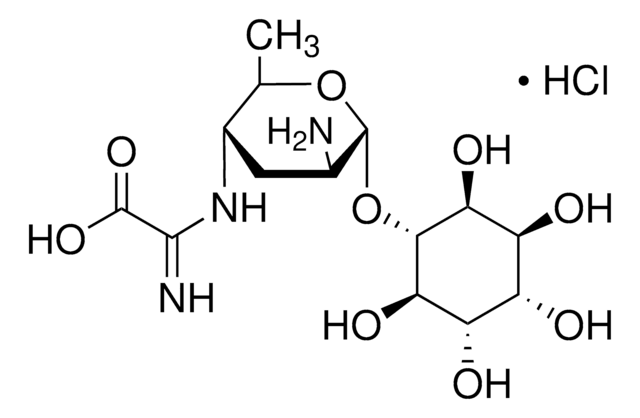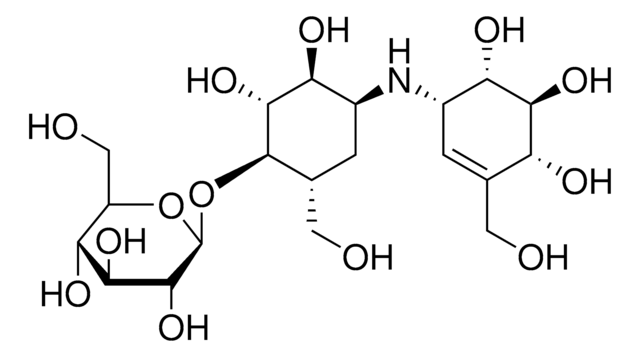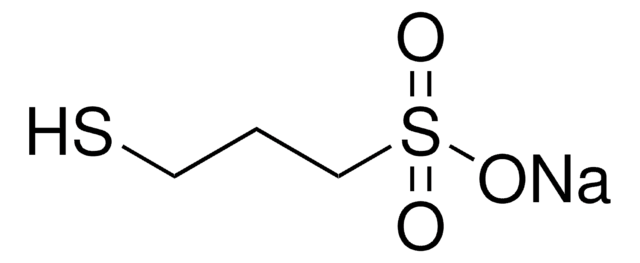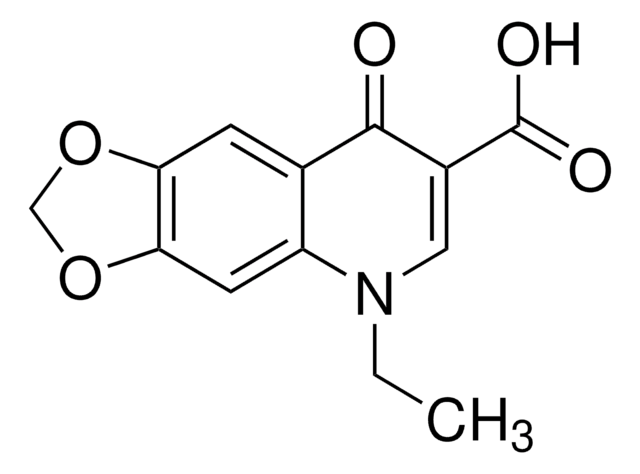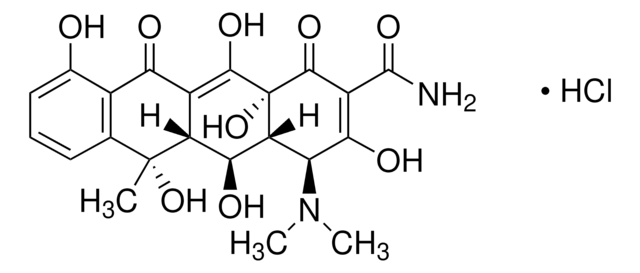Kluczowe dokumenty
K4013
Kasugamycin hydrochloride from Streptomyces kasugaensis
Synonim(y):
3-O-[2-Amino-4-[(carboxyiminomethyl)amino]-2,3,4,6-tetradeoxy-D-arabino-hexopyranosyl]-D-chiro-inositol
About This Item
Polecane produkty
pochodzenie biologiczne
Streptomyces kasugaensis
Poziom jakości
Formularz
powder
kolor
white to off-white
spektrum działania antybiotyku
Gram-negative bacteria
Gram-positive bacteria
Tryb działania
protein synthesis | interferes
temp. przechowywania
2-8°C
ciąg SMILES
C[C@H]1O[C@H](O[C@H]2[C@H](O)[C@@H](O)[C@@H](O)[C@H](O)[C@@H]2O)[C@@H](N)C[C@@H]1NC(C(O)=O)=N.Cl
InChI
1S/C14H25N3O9.ClH/c1-3-5(17-12(16)13(23)24)2-4(15)14(25-3)26-11-9(21)7(19)6(18)8(20)10(11)22;/h3-11,14,18-22H,2,15H2,1H3,(H2,16,17)(H,23,24);1H/t3-,4+,5+,6-,7+,8+,9-,10+,11+,14-;/m1./s1
Klucz InChI
ZDRBJJNXJOSCLR-NZXABURVSA-N
Szukasz podobnych produktów? Odwiedź Przewodnik dotyczący porównywania produktów
Powiązane kategorie
Opis ogólny
Zastosowanie
Działania biochem./fizjol.
Kod klasy składowania
11 - Combustible Solids
Klasa zagrożenia wodnego (WGK)
WGK 2
Temperatura zapłonu (°F)
Not applicable
Temperatura zapłonu (°C)
Not applicable
Środki ochrony indywidualnej
Eyeshields, Gloves, type N95 (US)
Wybierz jedną z najnowszych wersji:
Masz już ten produkt?
Dokumenty związane z niedawno zakupionymi produktami zostały zamieszczone w Bibliotece dokumentów.
Nasz zespół naukowców ma doświadczenie we wszystkich obszarach badań, w tym w naukach przyrodniczych, materiałoznawstwie, syntezie chemicznej, chromatografii, analityce i wielu innych dziedzinach.
Skontaktuj się z zespołem ds. pomocy technicznej